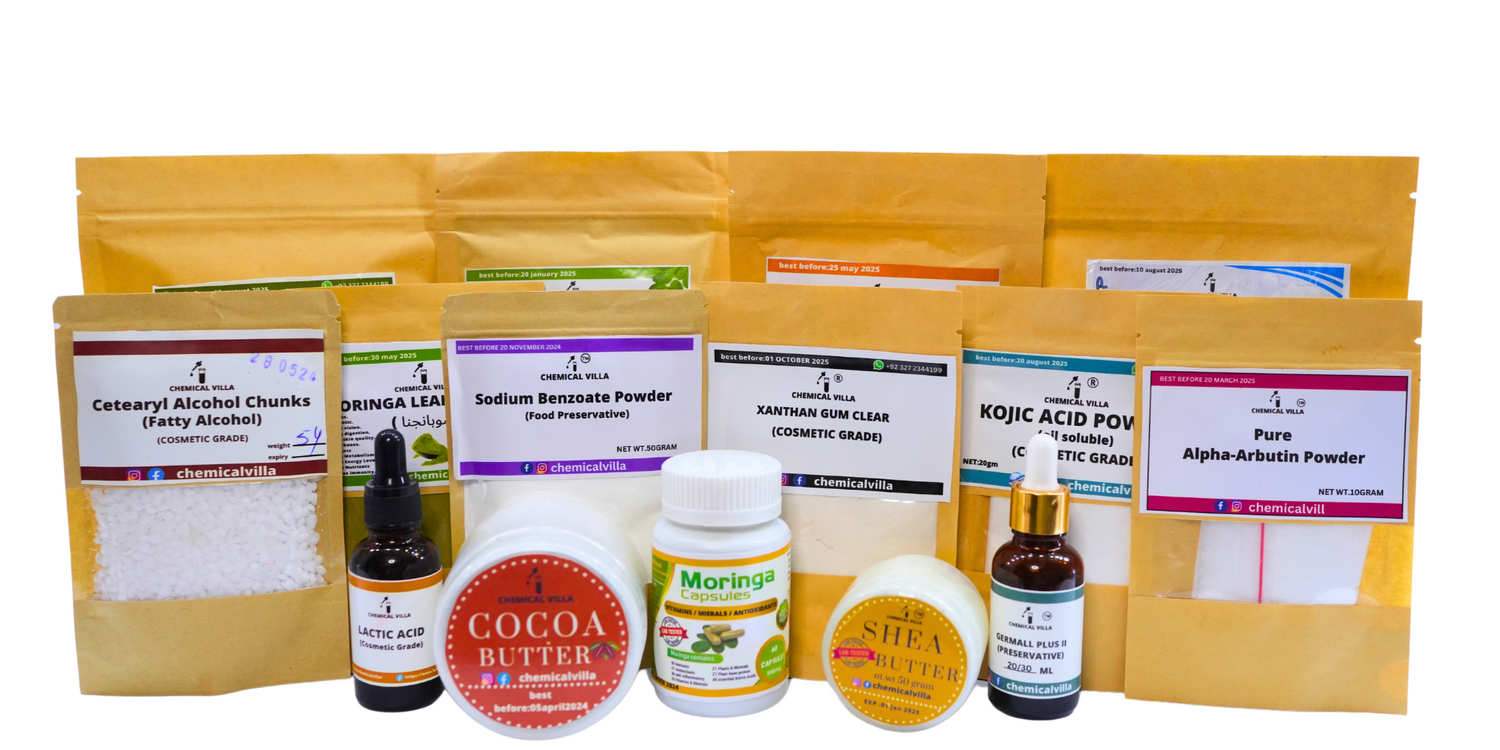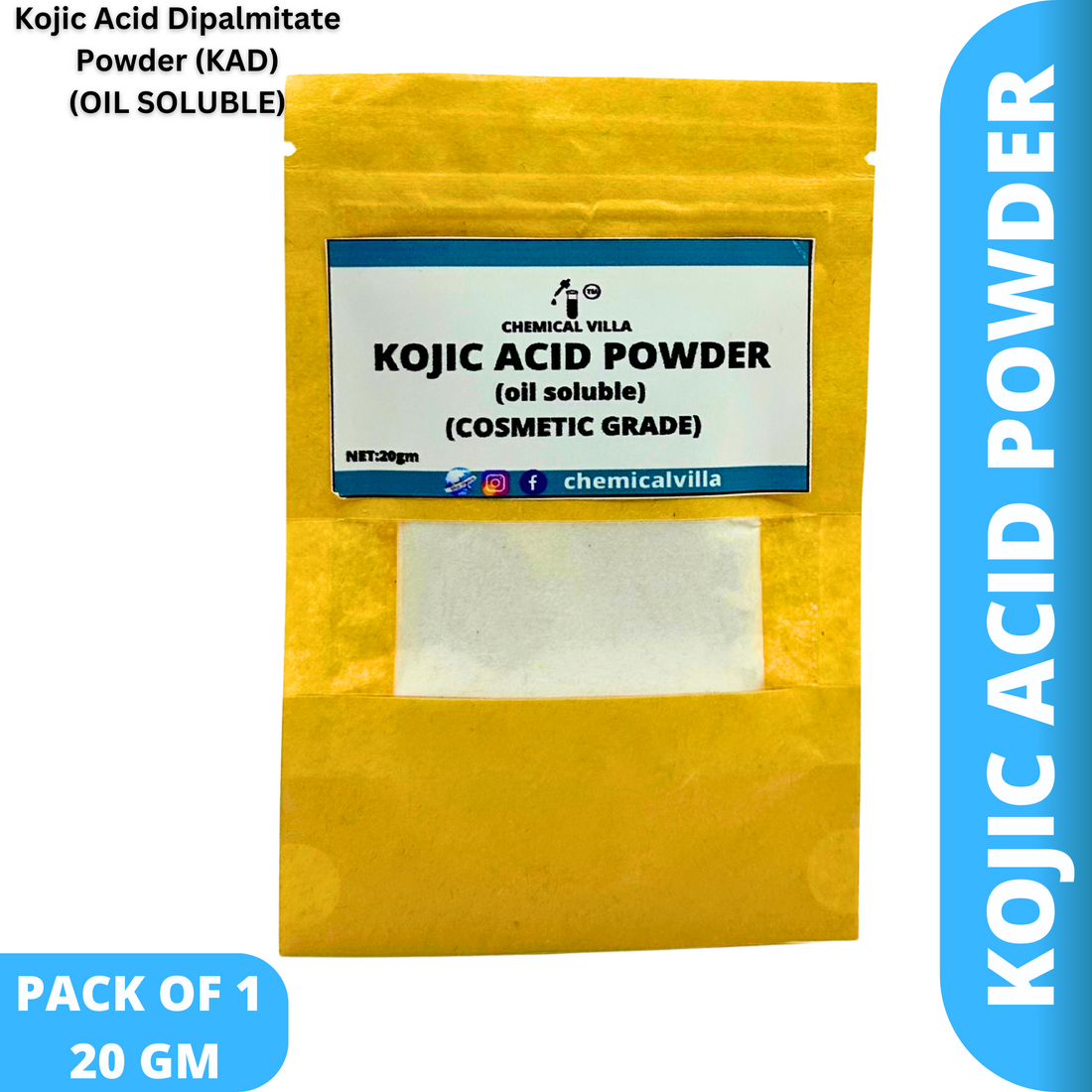Kojic Acid Dipalmitate vs. Kojic Acid: Which One Is Better for Your Skin?
When it comes to skin brightening, kojic acid and its derivative, kojic acid dipalmitate, are two powerful ingredients that often get compared. But what’s the difference between them, and which one is better for your skincare routine? In this guide, we’ll break down the benefits, effectiveness, and best uses for both.
What is Kojic Acid?
Kojic acid is a natural compound derived from fungi and is a byproduct of the fermentation of rice used in sake production. It is widely known for its ability to inhibit melanin production, making it a popular ingredient in skin-brightening and hyperpigmentation treatments.
Benefits of Kojic Acid:
-
Reduces dark spots and hyperpigmentation
-
Helps even out skin tone
-
Contains antioxidant properties
-
Works well in combination with other skincare ingredients like vitamin C
Drawbacks of Kojic Acid:
-
Can be unstable and degrade when exposed to light and air
-
May cause irritation, especially for sensitive skin
-
Can make the skin more sensitive to sunlight
What is Kojic Acid Dipalmitate?
Kojic acid dipalmitate is a more stable, oil-soluble derivative of kojic acid. It is formed by combining kojic acid with palmitic acid, making it more resistant to oxidation and degradation.
Benefits of Kojic Acid Dipalmitate:
-
More stable than kojic acid, meaning it lasts longer in skincare formulations
-
Works well in oil-based skincare products
-
Offers similar skin-brightening benefits
-
Less likely to cause irritation compared to pure kojic acid
Drawbacks of Kojic Acid Dipalmitate:
-
Slightly less effective at inhibiting melanin production compared to pure kojic acid
-
Works best in combination with other brightening agents
Which One Should You Choose?
If you’re looking for a potent skin-lightening ingredient and don’t mind the potential for irritation, pure kojic acid may be the better option. However, if you have sensitive skin or prefer a more stable ingredient in your skincare routine, kojic acid dipalmitate could be the right choice.
How to Use Them in Skincare
-
Kojic Acid: Found in serums, creams, and soaps. Best used in the evening with sunscreen during the day.
-
Kojic Acid Dipalmitate: Found in oil-based creams and serums. Works well in both morning and evening routines.
Final Thoughts
Both kojic acid and kojic acid dipalmitate have their place in skincare, depending on your needs. If you want fast results and don’t mind potential irritation, kojic acid is a strong choice. If you need something gentler and more stable, kojic acid dipalmitate is the way to go.
Whichever you choose, always use sunscreen during the day to protect your skin from further hyperpigmentation. Want to try products containing these ingredients? Check out our collection of skin-brightening products in our store!


